Product Name: Aluminum Forging
Product Type: Metal Forging
Material: Aluminum
Shape: Customized
Surface Treatment: Anodizing, Powder Coating, Spray Painting, Polishing
Production Process: Die Casting, Press Forging
Advantages:
1. High strength-to-weight ratio
2. Superior mechanical properties
3. Enhanced resistance to fatigue and wear
4. Tight dimensional tolerances
5. Cost-effective production
| Color | Silver |
|---|---|
| Material | Aluminum |
| MOQ | 1 Pcs |
| Sample | Available |
| Place of Origin | China |
Product Details
MINGYU Tech is a trusted supplier of precision large aluminum forged rings to the healthcare industry. With advanced forging technology and a clean, controlled environment, we produce forgings that meet the strict quality and safety standards of the medical industry. Our team works closely with medical device manufacturers to provide customized solutions that meet their unique needs. We are committed to maintaining the highest level of quality and traceability of our products.
The process of large aluminum forged rings begins with the selection of high-quality aluminum alloys. These alloys must have specific properties, such as strength, durability, and corrosion resistance, to ensure the production of high-quality end products. Once the alloys are chosen, they are heated to a specific temperature and placed in a die, which is a specialized tool used to shape the aluminum. The die is then subjected to high pressure, which forces the heated aluminum into the desired shape.
One of the key advantages of large aluminum forged rings is the ability to produce complex and intricate shapes with high precision and accuracy. This makes it a preferred method for the production of intricate parts, such as engine components, that require high strength and durability. Additionally, the process of forging also enhances the strength and mechanical properties of the aluminum, resulting in a stronger and more durable end product.
Another benefit of large aluminum forged rings is its cost-effectiveness. The use of high-pressure and heat reduces the need for additional machining processes, which in turn, reduces production costs. This makes large aluminum forged rings a popular choice for mass production of components, as it offers a cost-efficient solution.
| Place of Origin | China |
| Material | Metal Aluminium Steel Copper Brass |
| Process | Forging+machining+HT+finish Machining |
| Surface treatment | Polishing |
| Application | Machinery Parts |
| Product name | large aluminum forged rings |
| Certificate | TS16949/ISO9001 |
| Color | Customized Color |
| Quality Control | 100% Inspection |
| Lead Time | 15-33 Days |
| MOQ | 1 Piece |
| Supply Ability | 184961 Piece/Pieces per Month |
| Quantity (pieces) | > 551 |
| Lead time (days) | To be negotiated |
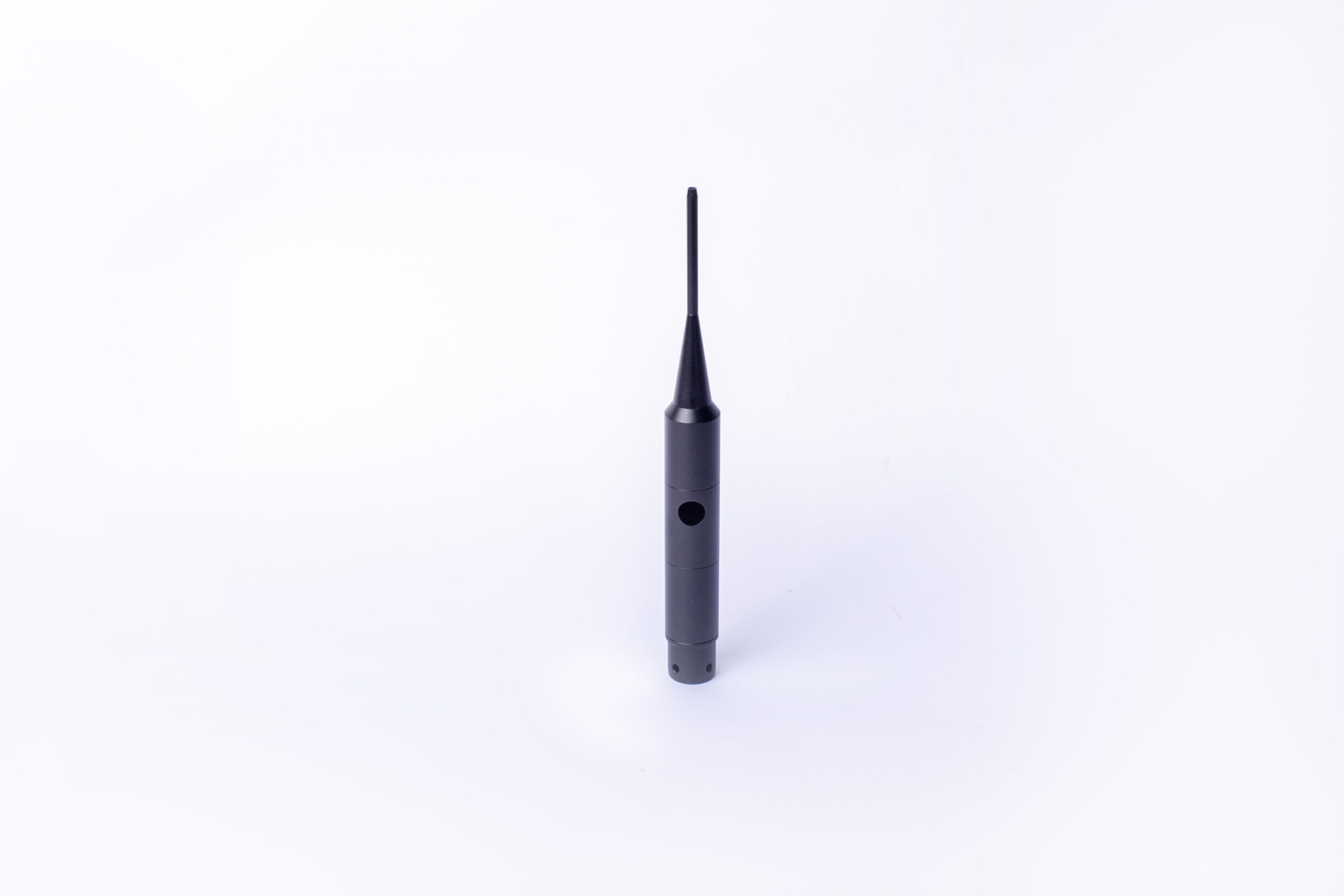
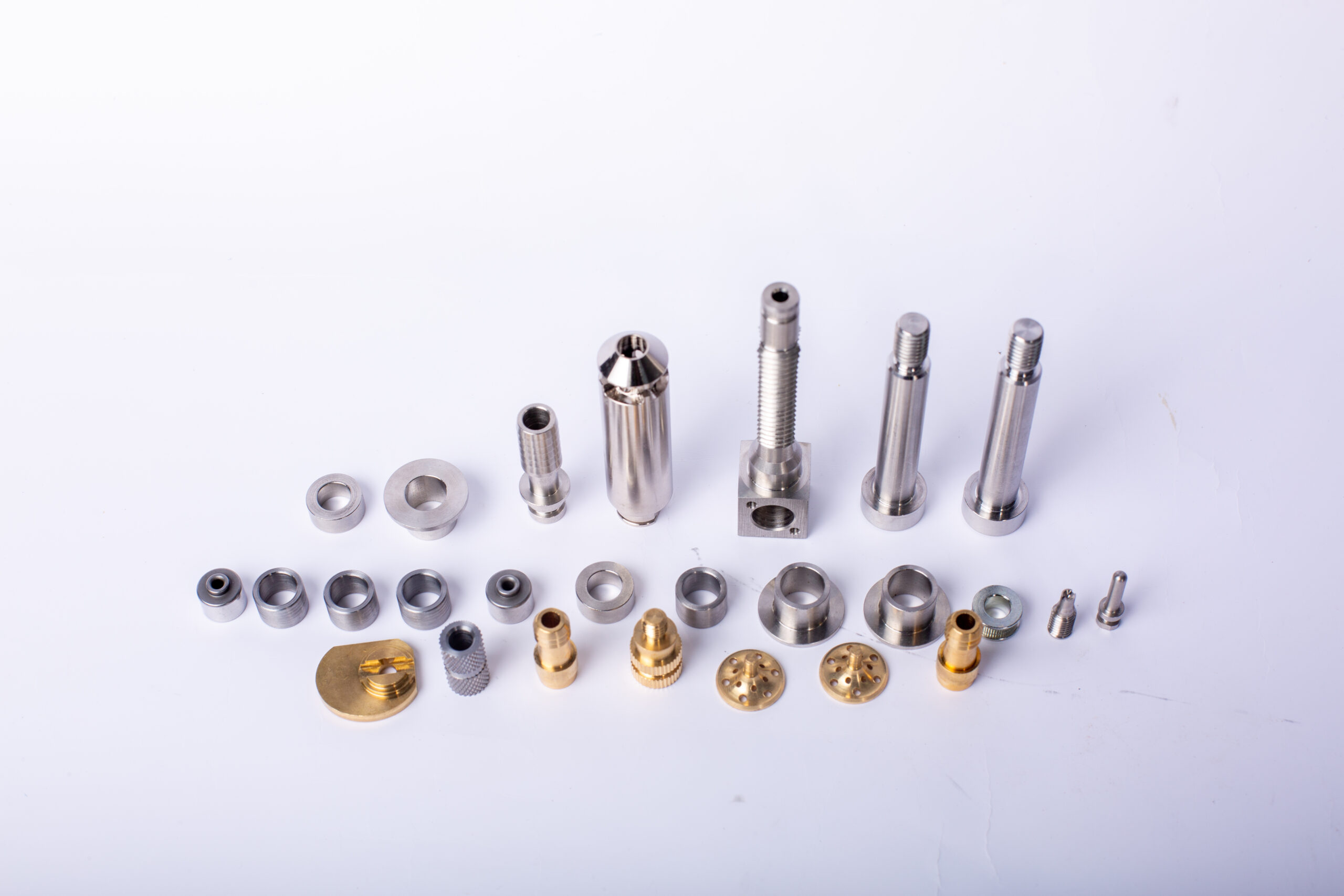
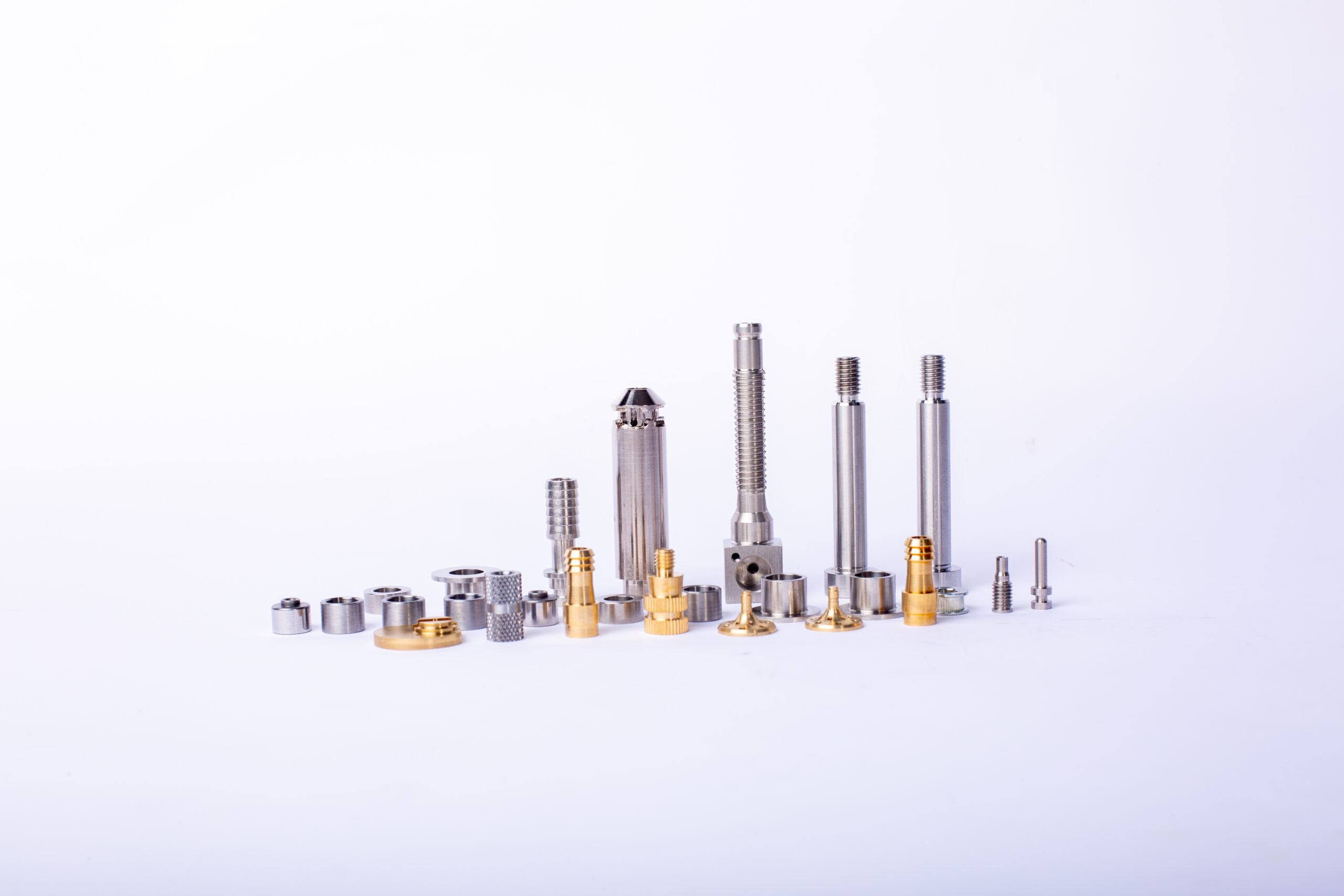
large aluminum forged rings FAQs Guide.
Our company is dedicated to providing high-quality large aluminum forged rings products to meet the needs of various industries. With advanced technology and skilled craftsmanship, we have become a leading manufacturer in the field of large aluminum forged rings. Our products are widely used in aerospace, automotive, and construction industries, just to name a few. We take great pride in our products as they are not only durable and reliable, but also lightweight and eco-friendly. Through this introduction, we hope to showcase the versatility and excellence of our large aluminum forged rings products. Thank you for choosing us as your trusted provider of top-notch large aluminum forged rings products.
1.Are there any unique design considerations for large aluminum forged ringss?
Yes, there are several unique design considerations for aluminum forgings. These include:
1. Designing for the grain structure of the aluminum: Aluminum forgings are produced by a process that creates a grain structure in the metal. This grain structure can affect the strength and ductility of the part, so it is important to consider when designing the part.
2. Designing for the forging process: The forging process can affect the shape and size of the part, so it is important to consider the process when designing the part.
3. Designing for the heat treatment process: Heat treatment is often used to improve the properties of aluminum forgings, so it is important to consider the heat treatment process when designing the part.
4. Designing for the machining process: Machining is often used to finish aluminum forgings, so it is important to consider the machining process when designing the part.
2.Are there any environmental benefits of using large aluminum forged rings?
We pay attention to user experience and product quality, and provide the best product quality and lowest production cost for cooperative customers.
Yes, aluminum forging offers several environmental benefits. Aluminum is a lightweight, durable, and recyclable material, which means that it can be reused and repurposed multiple times. This reduces the amount of energy and resources needed to produce new aluminum products. Additionally, aluminum forging is a more efficient process than other metal forming techniques, which reduces energy consumption and emissions. Finally, aluminum is a non-toxic material, which means that it does not release any hazardous chemicals into the environment.
3.What are the different heat treatment processes used for large aluminum forged ringss?
We have a first -class management team, and we pay attention to teamwork to achieve common goals.
1. Solution Heat Treatment: This process involves heating the aluminum forging to a temperature above its solidus temperature and then rapidly cooling it. This process is used to improve the strength and hardness of the aluminum forging.
2. Aging: This process involves heating the aluminum forging to a temperature below its solidus temperature and then allowing it to cool slowly. This process is used to improve the strength and hardness of the aluminum forging.
3. Annealing: This process involves heating the aluminum forging to a temperature above its solidus temperature and then allowing it to cool slowly. This process is used to improve the ductility and machinability of the aluminum forging.
4. Stress Relieving: This process involves heating the aluminum forging to a temperature below its solidus temperature and then allowing it to cool slowly. This process is used to reduce internal stresses in the aluminum forging.
5. Normalizing: This process involves heating the aluminum forging to a temperature above its solidus temperature and then allowing it to cool in air. This process is used to improve the strength and hardness of the aluminum forging.
4.How does the forging process affect the microstructure of aluminum?
Our company has many years of large aluminum forged rings experience and expertise.
The forging process can affect the microstructure of aluminum in several ways. During the forging process, the aluminum is subjected to high temperatures and pressures, which can cause the grain structure of the aluminum to become finer and more uniform. This can improve the strength and ductility of the aluminum, as well as its fatigue resistance. Additionally, the forging process can also cause the aluminum to become more homogenous, which can improve its corrosion resistance.
5.About large aluminum forged rings raw material procurement system
Aluminum forging raw material procurement system is a computerized system designed to streamline the process of procuring raw materials for aluminum forging. The system is designed to provide a comprehensive view of the entire procurement process, from the initial request for materials to the final delivery of the materials. The system can be used to track the status of orders, monitor inventory levels, and generate reports on the performance of the procurement process. The system also provides a platform for communication between suppliers and buyers, allowing for efficient and timely communication. The system can also be used to automate the process of ordering and tracking materials, reducing the amount of manual labor required.
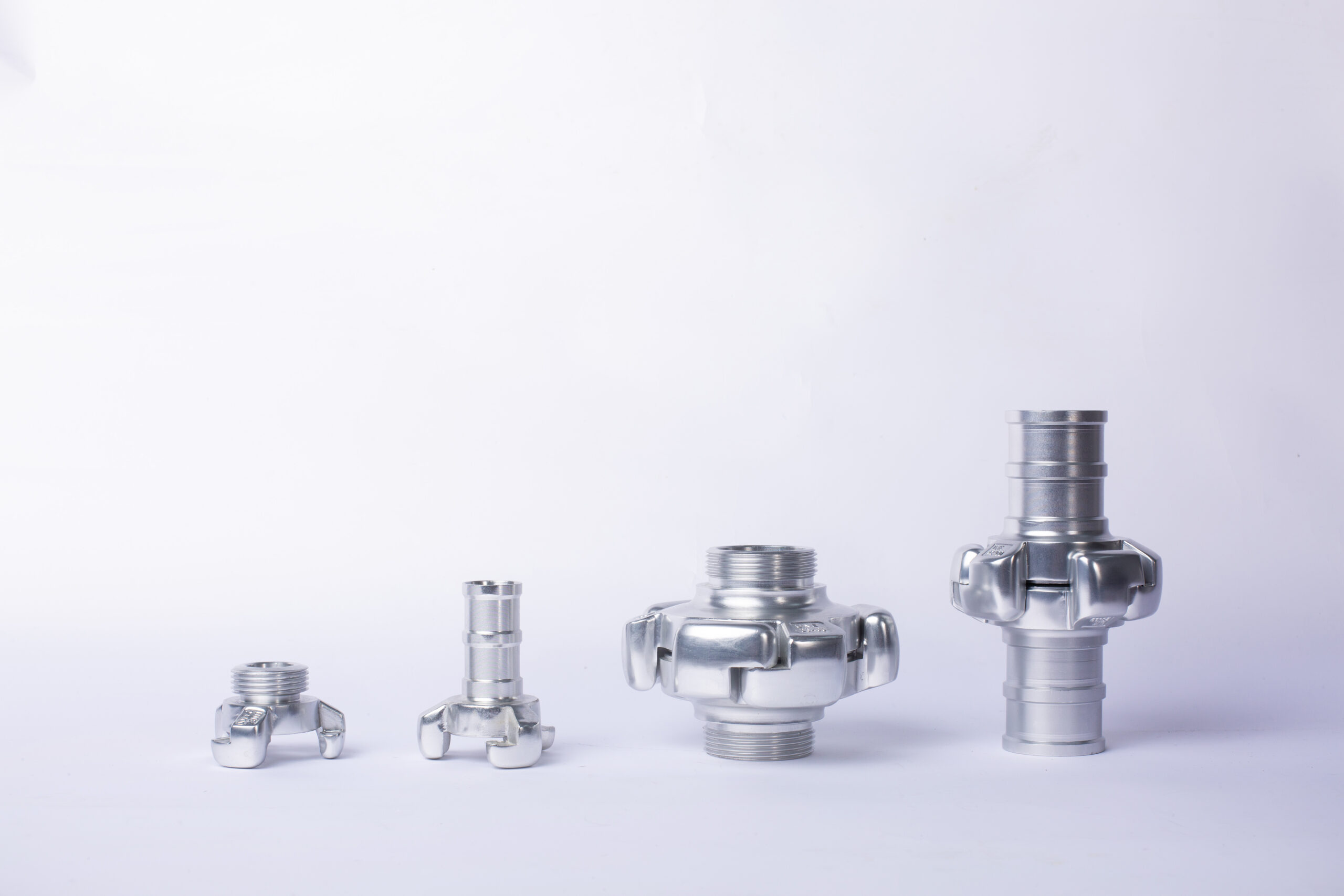
6.About the scale of large aluminum forged rings factory
The size of an aluminum forging factory depends on the type of products it produces and the size of the orders it receives. Some aluminum forging factories may be small, producing only a few parts at a time, while others may be large, producing thousands of parts per day. The size of the factory also depends on the type of equipment used, the number of employees, and the amount of space available.
7.Are there any special requirements for handling or storing large aluminum forged ringss?
We are centered on customers and always pay attention to customers’ needs for large aluminum forged rings products.
Yes, aluminum forgings should be stored in a dry, cool, and well-ventilated area away from direct sunlight and other sources of heat. Additionally, aluminum forgings should be handled with care to avoid damage and should be stored on a flat surface to prevent warping.
8.How durable are large aluminum forged ringss compared to other metal parts?
We have established long-term and stable partnerships with our suppliers, so we have great advantages in price and cost and quality assurance.
Aluminum forgings are generally more durable than other metal parts due to their increased strength and resistance to corrosion. Aluminum forgings are also lighter in weight than other metals, making them ideal for applications where weight is a factor. Additionally, aluminum forgings are more resistant to fatigue and wear than other metals, making them a great choice for parts that need to withstand high levels of stress and strain.
9.What are the steps involved in the large aluminum forged rings process?
We continue to improve large aluminum forged rings products and processes to improve efficiency.
1. Design: The first step in the aluminum forging process is to design the part. This includes determining the size, shape, and other specifications of the part.
2. Heating: The aluminum is heated to a temperature of around 800-900°C (1472-1652°F). This is done to make the aluminum malleable and easier to shape.
3. Forging: The heated aluminum is then placed in a die and forged into the desired shape. This is done using a hammer or press.
4. Finishing: The forged part is then finished by machining, grinding, or polishing. This is done to achieve the desired surface finish.
5. Inspection: The part is then inspected to ensure it meets the design specifications.
6. Heat Treatment: The part may then be heat treated to improve its strength and durability.
7. Final Inspection: The part is then inspected one final time before it is ready for use.
10.What are the joining methods used for large aluminum forged ringss?
We are committed to providing personalized solutions and established long -term strategic cooperative relationships with customers.
1. Friction Welding
2. Flash Butt Welding
3. Resistance Spot Welding
4. Resistance Seam Welding
5. Forge Welding
6. Forge Brazing
7. Forge Soldering
8. Forge Bonding
9. Forge Riveting
10. Forge Pressing
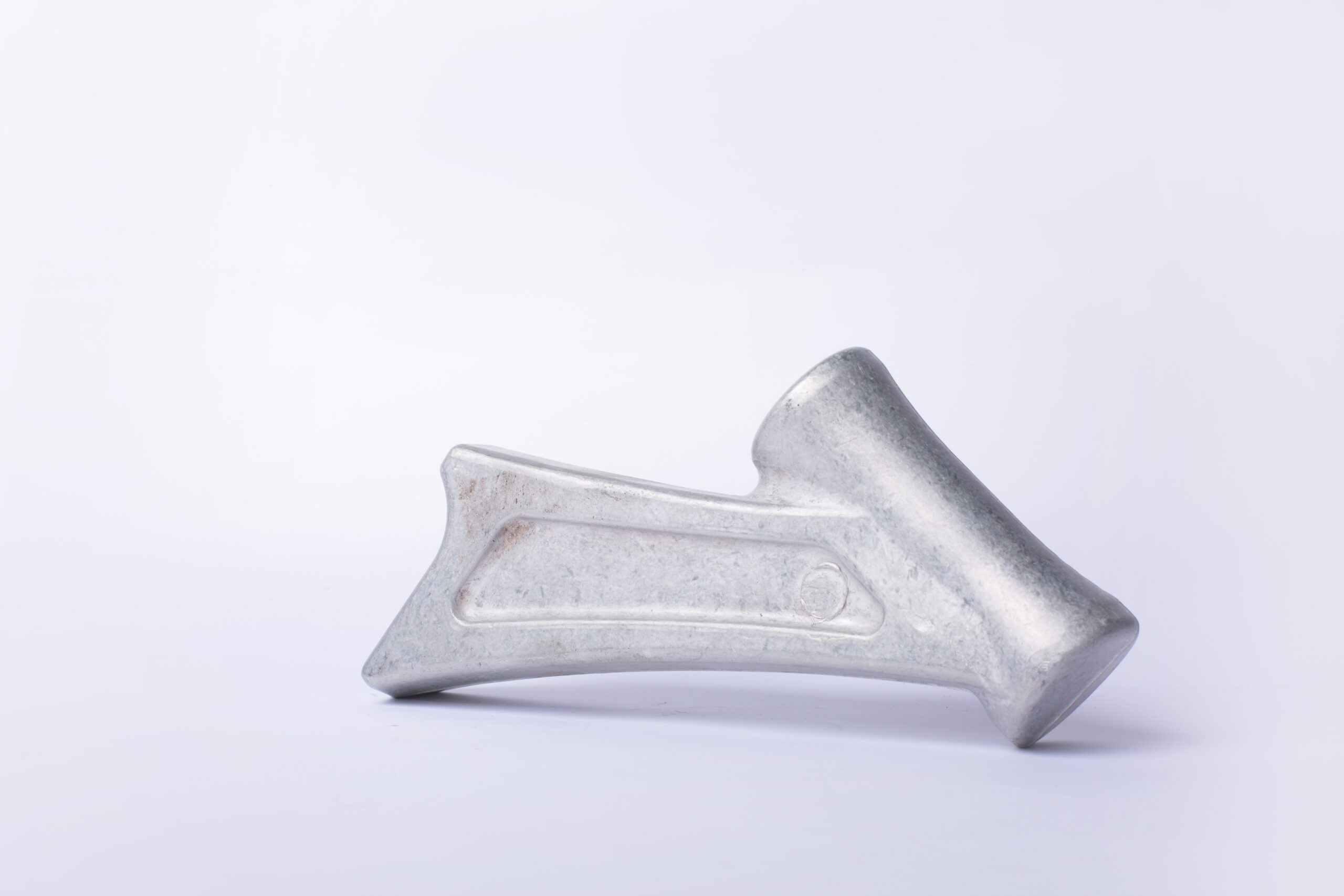
11.What techniques are used in large aluminum forged rings?
We actively participate in the large aluminum forged rings industry associations and organization activities. The corporate social responsibility performed well, and the focus of brand building and promotion
1. Closed Die Forging: This is a process in which a pre-shaped die is used to shape the aluminum into the desired shape.
2. Open Die Forging: This is a process in which the aluminum is placed between two dies and then hammered or pressed into the desired shape.
3. Roll Forging: This is a process in which the aluminum is rolled between two dies to form the desired shape.
4. Hammer Forging: This is a process in which the aluminum is placed between two dies and then hammered into the desired shape.
5. Extrusion Forging: This is a process in which the aluminum is forced through a die to form the desired shape.
6. Upset Forging: This is a process in which the aluminum is placed between two dies and then hammered or pressed into the desired shape.
12.Can secondary operations, such as machining or surface coating, be performed on large aluminum forged ringss?
Yes, secondary operations such as machining and surface coating can be performed on aluminum forgings. Machining can be used to create complex shapes and features, while surface coating can be used to improve the corrosion resistance and aesthetic appearance of the part.
13.Can non-CNC machining methods be used for finishing large aluminum forged ringss?
As one of the large aluminum forged rings market leaders, we are known for innovation and reliability.
Yes, non-CNC machining methods can be used for finishing aluminum forgings. These methods include grinding, sanding, polishing, and buffing.
14.Can large aluminum forged ringss be used in corrosive environments?
Yes, aluminum forgings can be used in corrosive environments. Aluminum is a naturally corrosion-resistant material, and when it is forged, it becomes even more resistant to corrosion. Aluminum forgings can be treated with a variety of coatings to further protect them from corrosion.
Tag:aluminum forgings,forged aluminum plasma frying pan,forged aluminum wheels vs cast,small aluminum forging press,china forged aluminum car wheels
Product Inquiry
We will respond within 12 hours, please pay attention to the email “@163.com” or “@alumforge.com”.
Also, you can go to the Contact Page, which provides a more detailed form, if you have more inquiries for products or would like to obtain OEM service.
Our sales experts will respond within 24 hours, please pay attention to the email with the suffix “@163.com”.